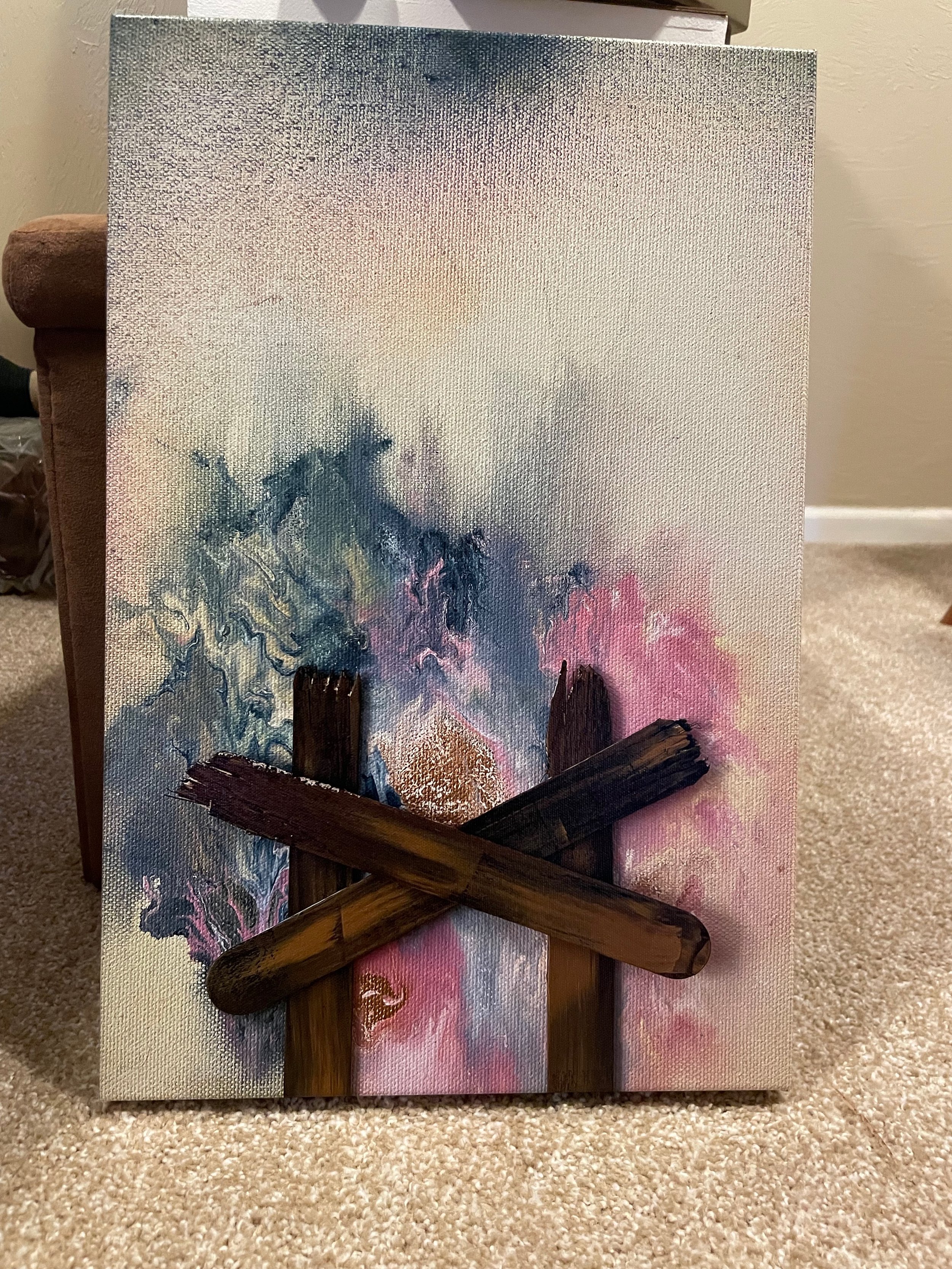Bittersweet
To love God is often to be present in the loud silence of prayer, simply waiting, not doing, not accomplishing, not overcoming, just...waiting. Even in the instance an answer is given it can come from an unanticipated angle. Sometimes it's about finally being able to clearly see something that in hindsight seems obvious, like a car parked on the lawn. The answer can also be a continuation of the tension of silence.
The trade off for love is that categories of "knowing" must partially be surrendered. This process can be painful or feel threatening, like losing your life to find it.
To know God may mean a diseased "rightness" must be torn up by its roots to plant a new seed of mercy. As the saying goes, "The difference between me and God is God never mistakes Himself for me." All of the Gospels contain Jesus explaining at-length how setting fence posts around the perimeter of moral behavior had become a substitution for the scary mystery of existing in relationship with a living God whose ways are not our ways. A God who sees our undecorated hearts. In a culture that values quantifiable productivity and efficiency, to sit in silence with God can look counterproductive, even rebellious. To celebrate weakness as indicative of God's strength can push you to the fringes of a culture that celebrates a different, less confusing narrative.
Abstract artwork is practice for those hard places of uncertainty and contradiction in our lives. A place where a feeling can be a shape, or a color. In the season of Lent we often take on forms of discomfort to give us space to recognize the only true source of comfort. "Some trust in chariots and some in horses, but we trust in the name of the Lord our God" (Psalm 20:7). Sometimes art is about allowing space for the viewer to participate by bringing their own odd self into a piece, even if it initially seems uncomfortable or threatening, this space can be a gift.






















